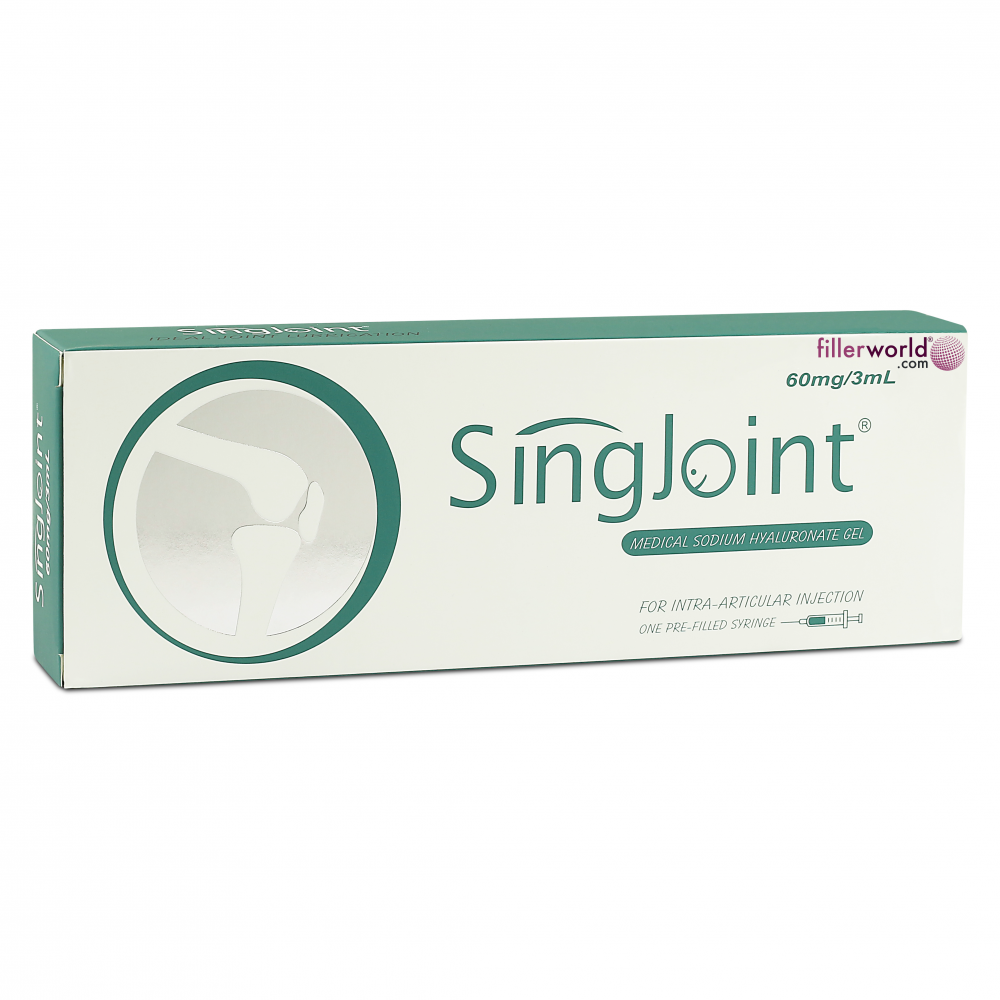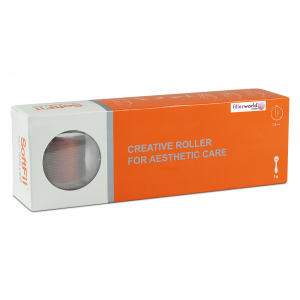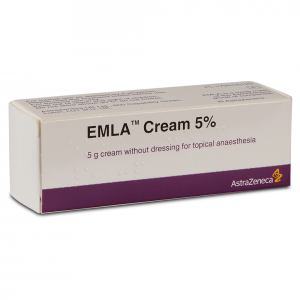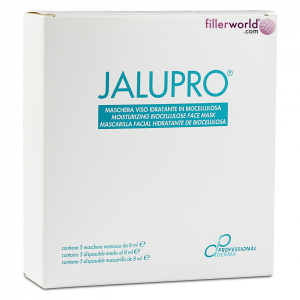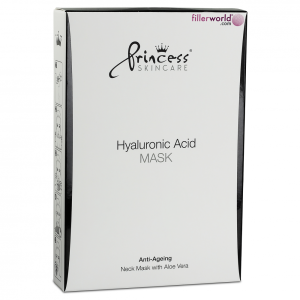- Email : [email protected]
- Address: Toronto Canada
- Delivery: Free Delivery From $100CAD
Buy Hyaluronate Gel 60mg/3ml Online
CAD $111.00
For intra-articular injection
Description
Hyaluronate Gel 60mg/3ml
Hyaluronate Gel 60mg/3ml
SingJoint® Medical Sodium Hyaluronate Gel
SingJoint is used for intra-articular injection. It is an orthopedics agent for joint lubricant protection for joint cartilage and assisting therapy for osteoarthritis. It is for patients who do not get enough relief from simple painkillers such as acetaminophen or from exercise and physical therapy.
sodium hyaluronate injection for knee
It is used to treat knee pain in patients with osteoarthritis who have not received relief from other treatments. It is injected into the joint capsule, to act as both a shock absorber and a lubricant for the joint.[3][4][5] Thus sodium hyaluronate is used as a viscosupplement, administered through a series of injections into the knee, increasing the viscosity of the synovial fluid, which helps lubricate, cushion and reduce pain in the joint.[6] It is generally used as a last resort before surgery[7] and provides symptomatic relief, by recovering the viscoelasticity of the articular fluid, and by stimulating new production from synovial fluid.[2] Use of sodium hyaluronate may reduce the need for joint replacement.[8] Injections appear to increase in effectiveness over the course of four weeks, reaching a peak at eight weeks and retaining some effectiveness at six months, with greater benefit for osteoarthritis than oral analgesics.[9] It may also be effective when used with the ankle joint.[10]
Intraocular viscoelastic injection[edit]
It is used as an aid in ophthalmic surgery acting as aqueous and vitreous humor, e.g. in cataract extraction (intra- and extracapsular), intraocular lens implantation, corneal transplant, glaucoma filtration, and retina attachment surgery and in the treatment of dry eyes.[11] In surgical procedures in the anterior segment of eyeball, instillation of sodium hyaluronate its viscoelasticity enables maintenance of a deep chamber during surgical manipulation since the solution does not flow out of the open anterior chamber, allowing for efficient manipulation with less trauma to the corneal endothelium and other surrounding tissues. Its viscoelasticity also helps to push back the vitreous face and prevent formation of a postoperative flat chamber. In posterior segment surgery, sodium hyaluronate serves as a surgical aid to gently separate, maneuver, and hold tissues. It creates a clear field of vision, facilitating intra-operative and post-operative inspection of the retina and photocoagulation.[12]
Sodium hyaluronate is also used to coat the bladder lining in treating interstitial cystitis.[citation needed]
Skin injections in plastic surgery[edit]
Sodium hyaluronate is injected to reduce wrinkles on the face. As of 2017, the FDA had approved 13 hyaluronate preparations as so called dermal fillers.[13] They are also used as a filler of lips or in other parts of the body, though not FDA approved.[14] The filling effect is temporary and lasts for about six months or longer in most people.[15]
Topical application[edit]
Topically applied sodium hyaluronate can facilitate the absorption of biomacromolecules, i.e. pharmaceuticals, and function like a nanocarrier.[16] Its effects on skin depend on the hyaluronate formulation and skin health: In barrier-deficient skin it restricted the delivery of biomacromolecules to the stratum corneum and viable epidermis. In normal skin, low-molecular weight hyaluronate (5 kDa) enhanced penetration into the epidermis.[17]
Transepidermal water loss increased by 55.5% with low-molecular weight, and was reduced by 28% with crosslinked resilient, and by 16% with HMW.[18] The addition to skin creams became popular in the second millennium. Its efficacy against wrinkles has not been tested in clinical trials.[19]
After instillation into the lung, higher molecular weight hyaluronate appears to persist longer in the lung but if > 215 kD there was poor lung penetration and mucociliary clearance. Hyaluronate could allow access to lymph nodes draining the pulmonary bed.[20]


